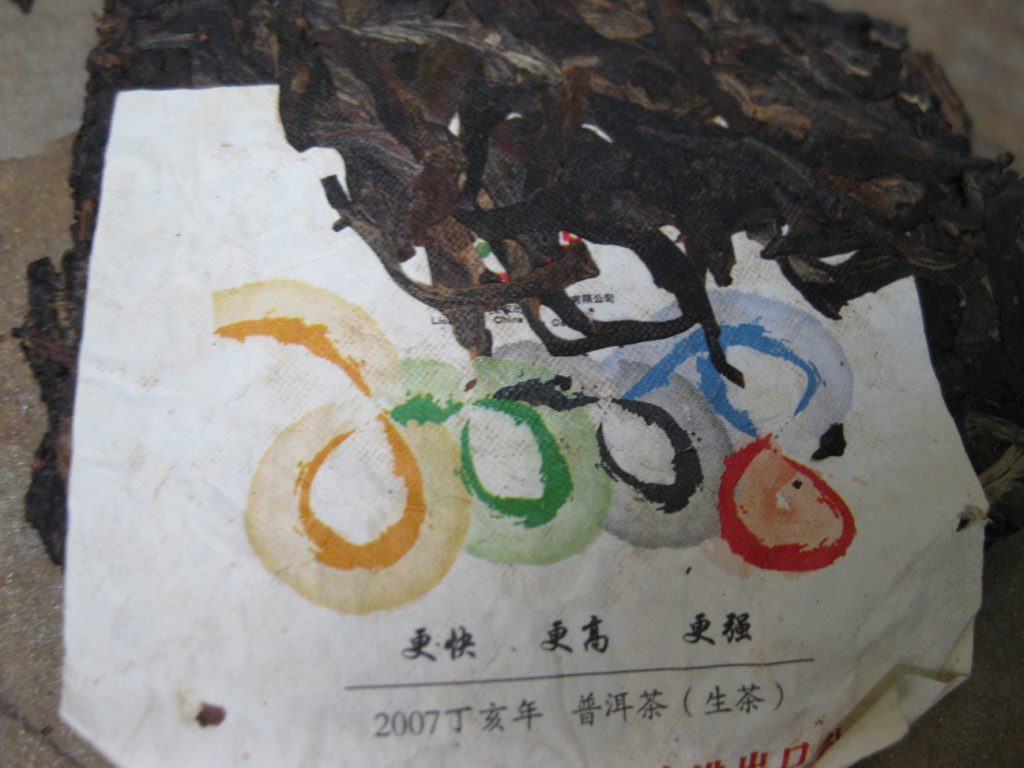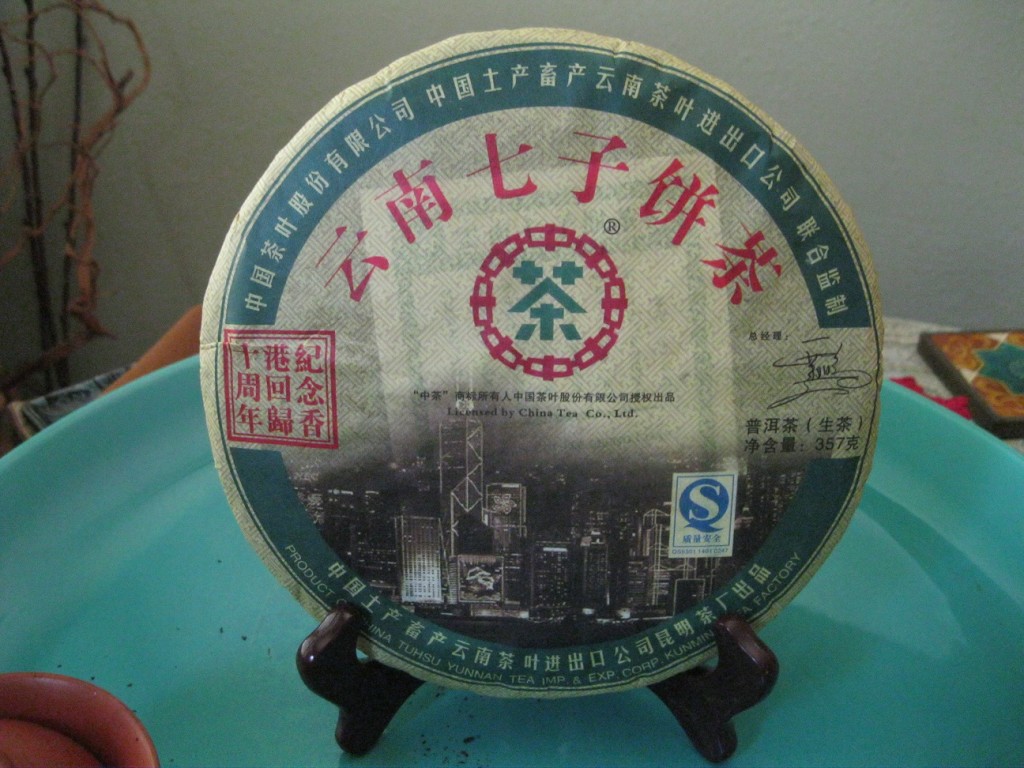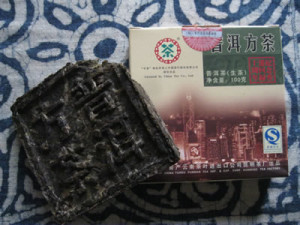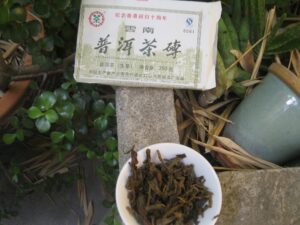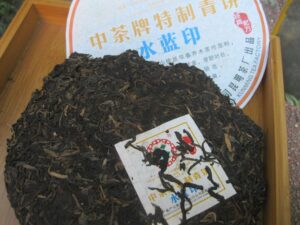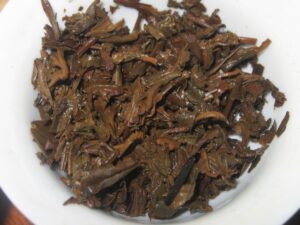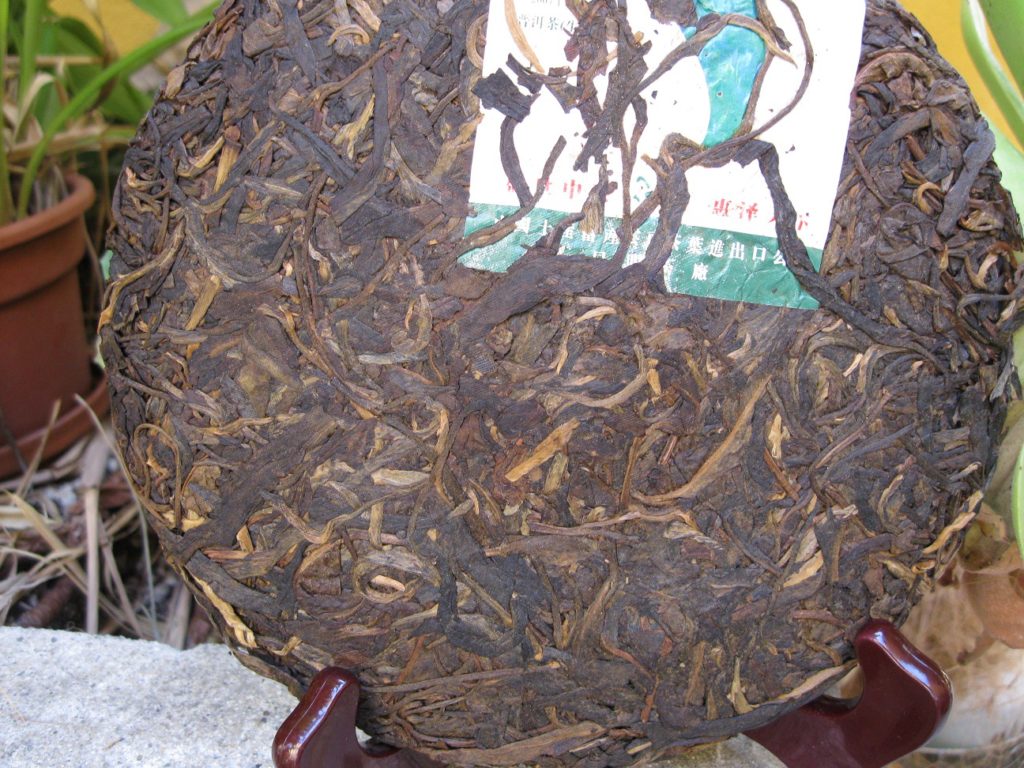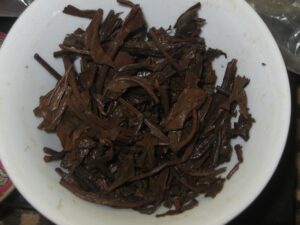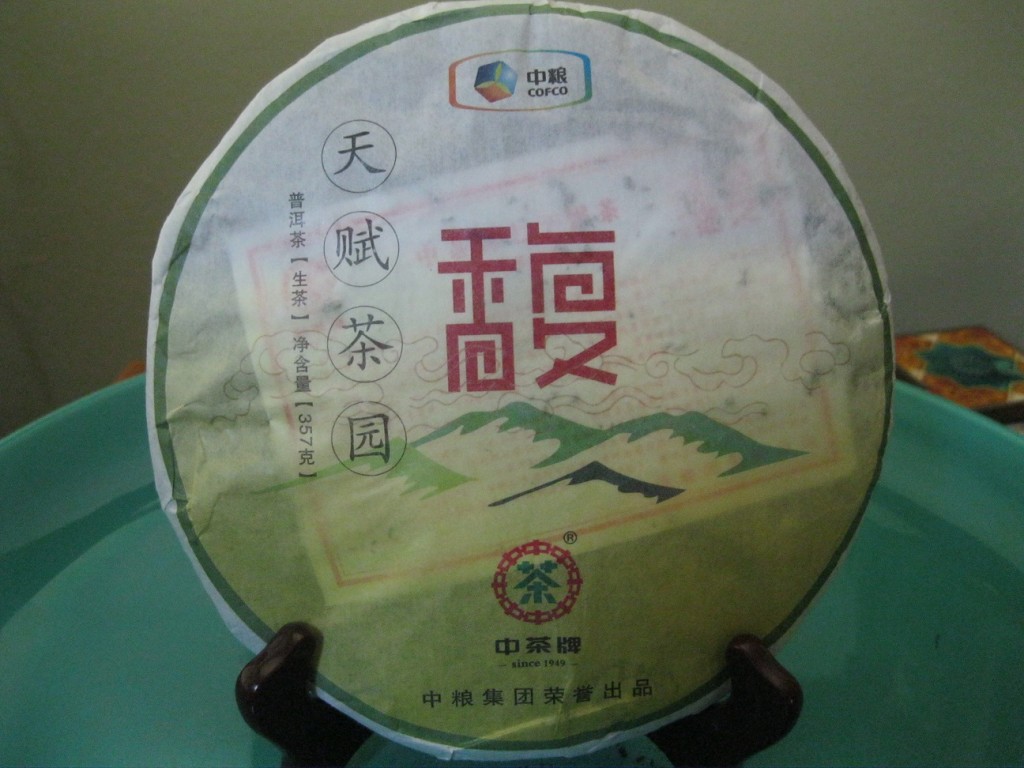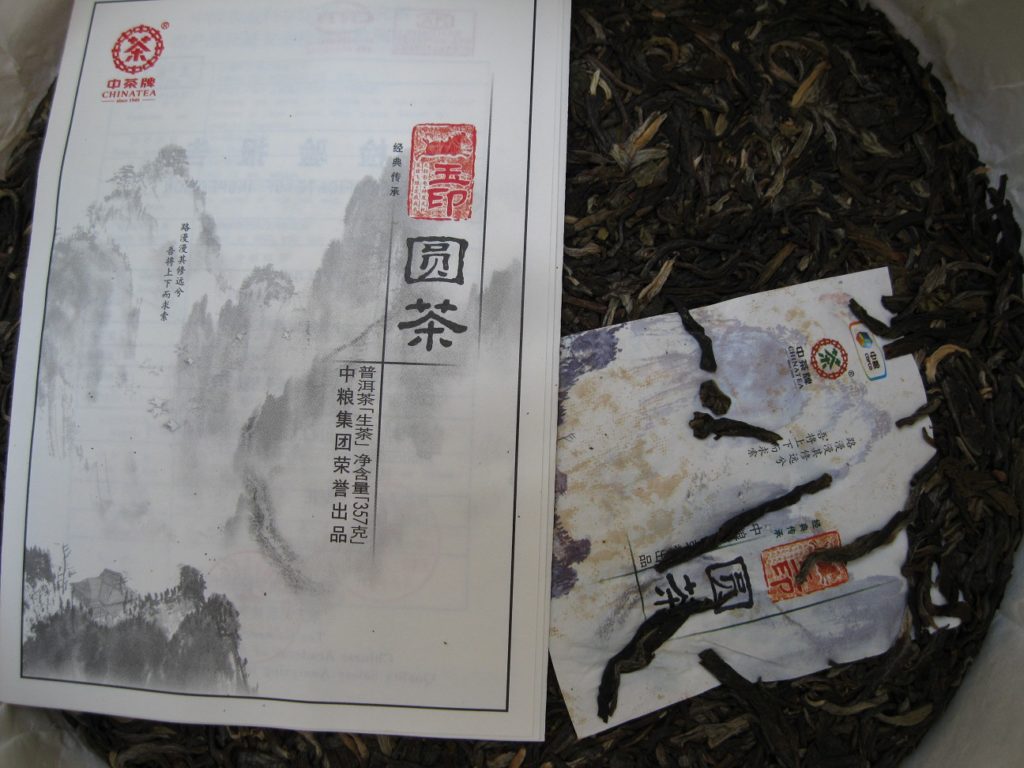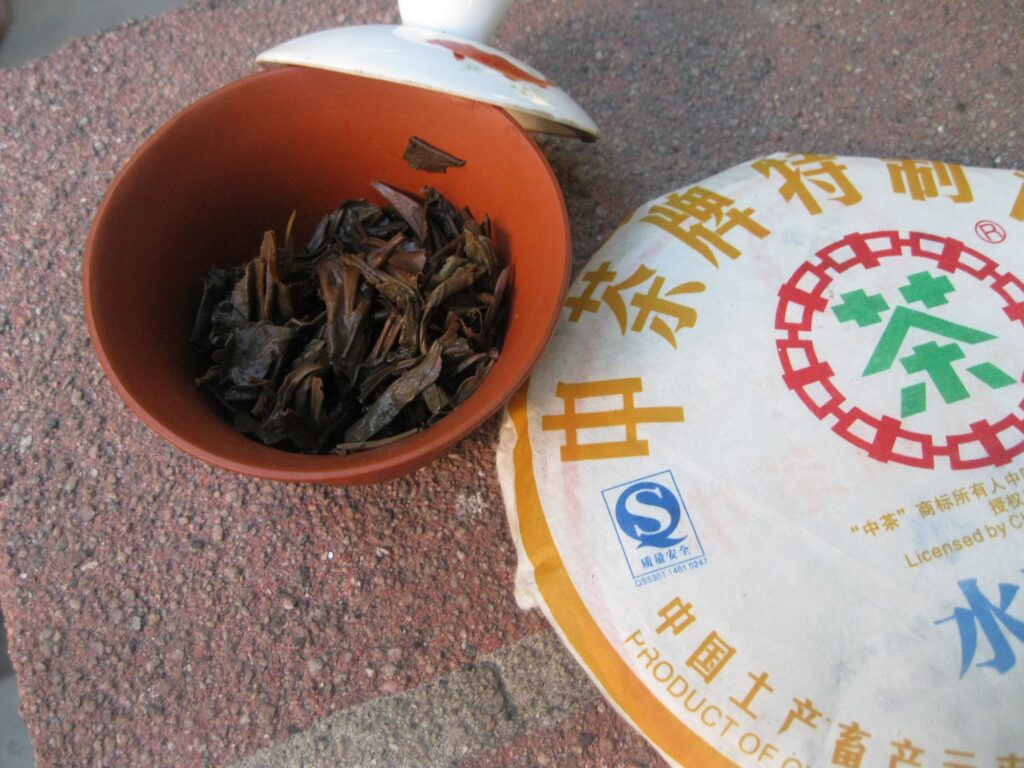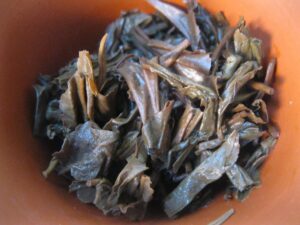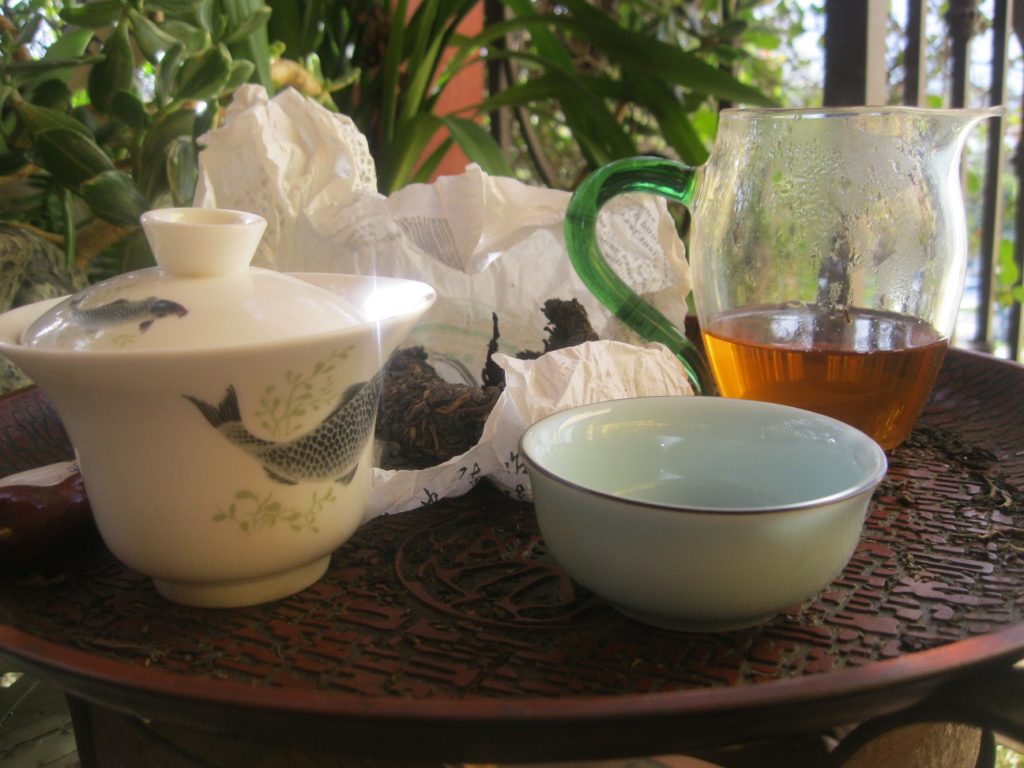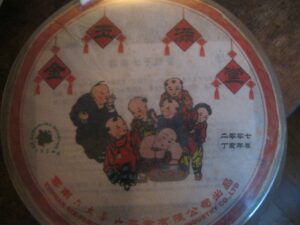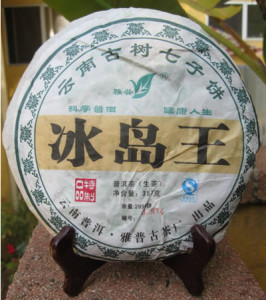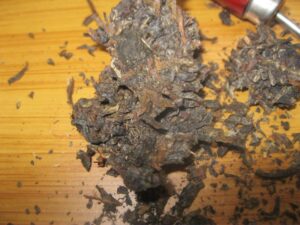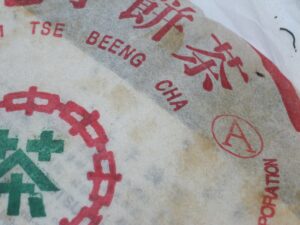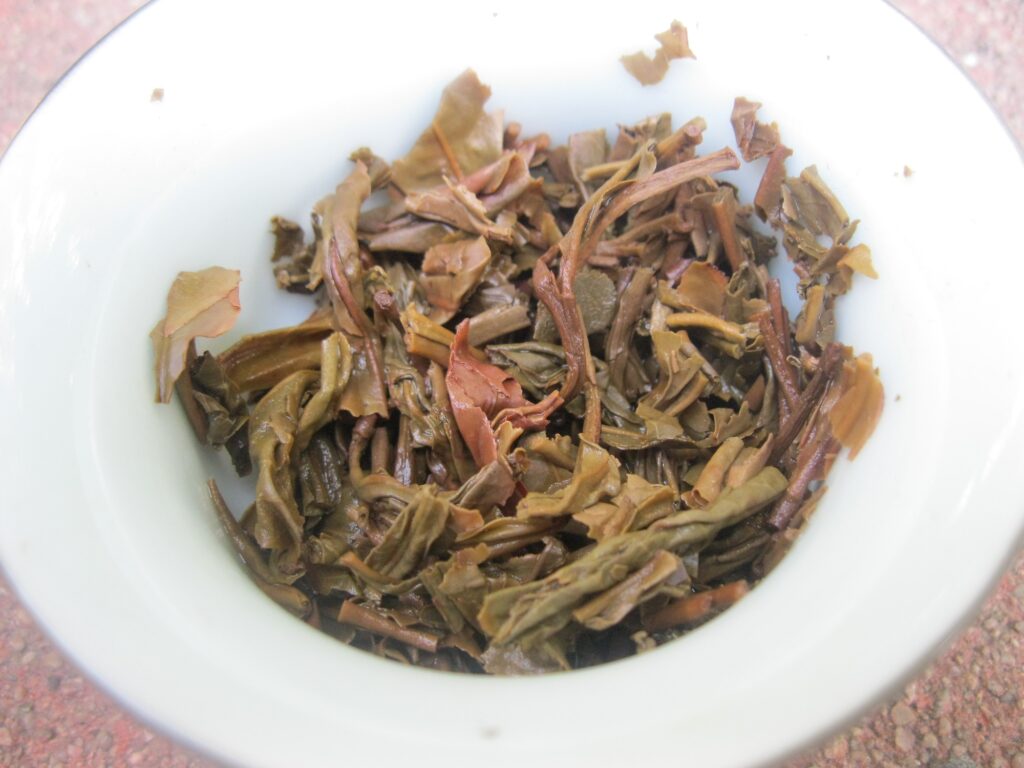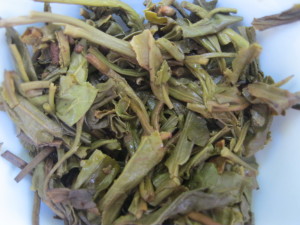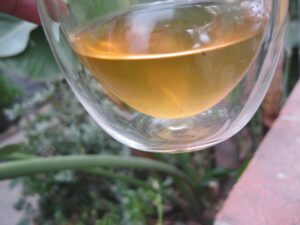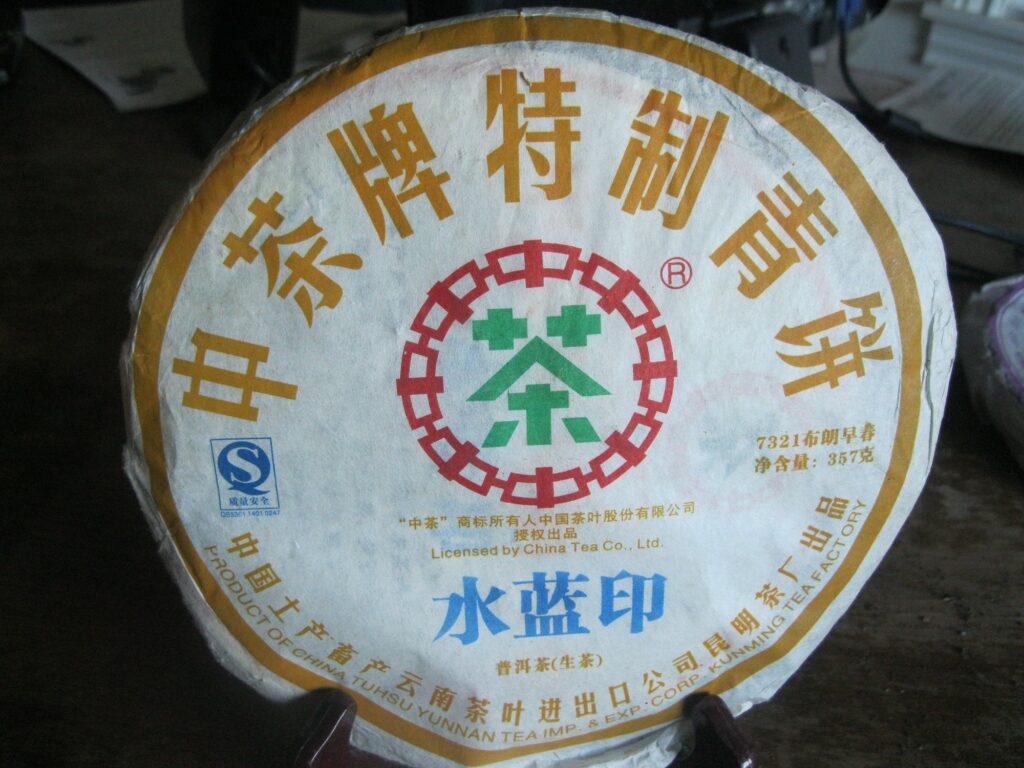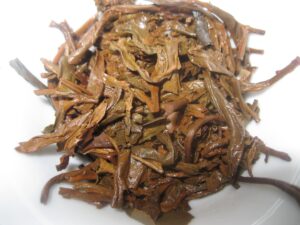Beijing Olympics: Enigma No More
Cut the Puerh Junky some slack, will ya? This is a work in progress. PJ doesn’t claim to know the answers nor does he believe they’re to be gathered instantaneously. Beijing Olympics: Enigma No More is a crushing and condemning tale of the Puerh Junky’s utter obtuseness, his lack of insight, and his ultimate triumph through no doing of his own.
Over time the ole KMTF has lost a bit of luster in the eyes of our questionable hero. He would point to the Beijing Olympics as to no small reason why. Puerh Junky has written numerous times on Beijing Olympics. One of the prevailing remarks was “fuzziness.” Perhaps the PJ has not elaborated upon his feelings about fuzzy, but they’re akin to feelings about jagged. Floral is often jagged; fuzzy is the opposite but no more desirable. Crayolas, pastels. Yeah they’re nice (sorta) if you want.
So at fifteen, Beijing Olympics is decidedly out of the fuzzy stage. Now its seeking to become a contender. There can be no doubt that the primary reason for this is that it is now sweet. It’s sweet like sugar-cured tobacco. There is a depth with sweetness and a fruit accompaniment evocative of the Water Blue Mark and the Top Notch Tuo. Little wonder. Many of the KMTF raw productions are variations on a theme, a theme with an unmistakable yet ineffable fruitiness expressing at different stages in aging, presumably due less to differences in material than to differences in processing.
In any event, the Beijing Olympics is serious now, certainly more serious than its ever been. It can now stand up for itself against the OG Gangsta or the Dali Tuo. Of course, it has its own kung-fu but at the very least it can stand in the ring.
What struck me most in the latest tasting was the aroma, its depth of sweetness. There are now no longer any crayolas, which are fuzzy, a taste your humble Puerh Junky doesn’t favour. Cool, the wet leaves conjure what many call “hay.” I might detect a faint air of eu de crayola, but wood, sugar, and tobacco now predominate.

